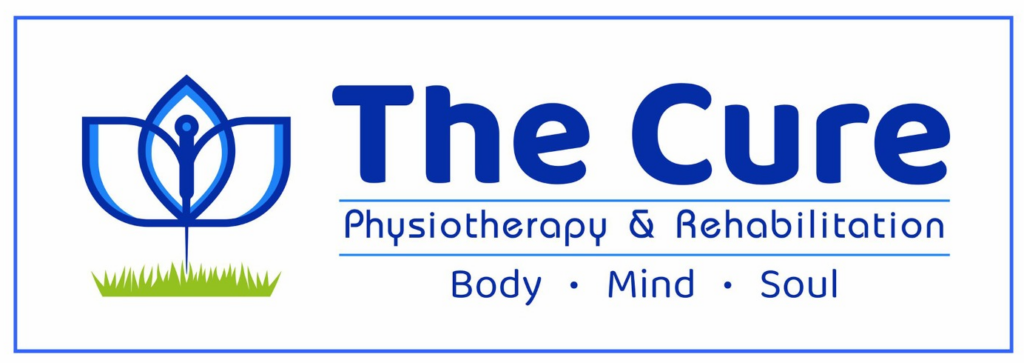Spinal Cord Injuries

Spinal cord injuries (SCIs) are severe trauma to the spinal cord that disrupts the transmission of signals between the brain and the rest of the body. These injuries can lead to partial or complete loss of motor control and sensation below the site of the injury, significantly impacting a person’s quality of life.
Causes of SCIs include traumatic incidents such as motor vehicle accidents, falls, sports injuries, and acts of violence. Non-traumatic causes include diseases such as cancer, arthritis, and infections that compromise the spinal cord’s integrity. The severity of the injury depends on the location of the trauma along the spinal cord and the extent of the damage.
Effects of SCIs vary widely. Injuries are classified as complete or incomplete. In a complete SCI, there is a total loss of sensory and motor function below the injury site. In incomplete SCIs, some function remains. The higher the injury on the spinal cord, the more extensive the impairment. For instance, cervical (neck) injuries can result in tetraplegia, affecting all four limbs and the torso, while thoracic or lumbar injuries might lead to paraplegia, impacting the legs and lower body.
Rehabilitation and management of SCIs focus on maximizing remaining function and enhancing the quality of life. This often involves a multidisciplinary approach, including physical therapy to maintain and improve muscle strength and mobility, occupational therapy to develop skills for daily living, and counseling to address the psychological impact of the injury. Advances in medical technology, such as electrical stimulation and assistive devices, and ongoing research into spinal cord regeneration offer hope for improved outcomes.
Early intervention, consistent rehabilitation, and comprehensive support are crucial for individuals with spinal cord injuries to regain independence and adapt to new challenges.

